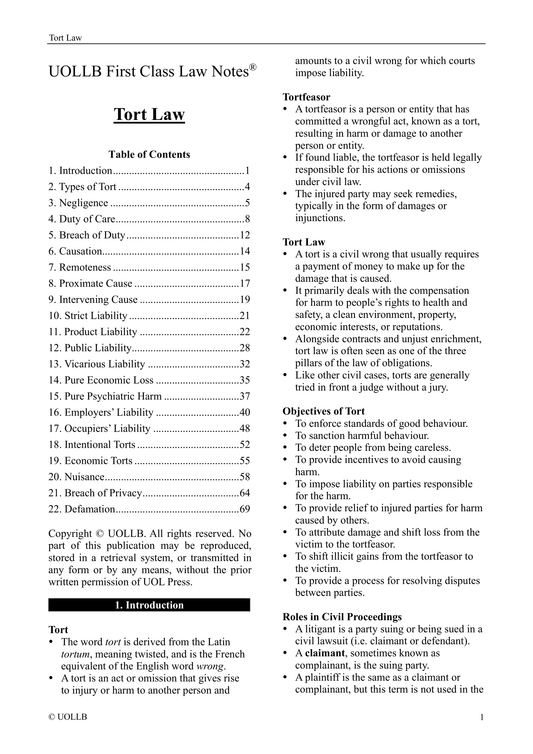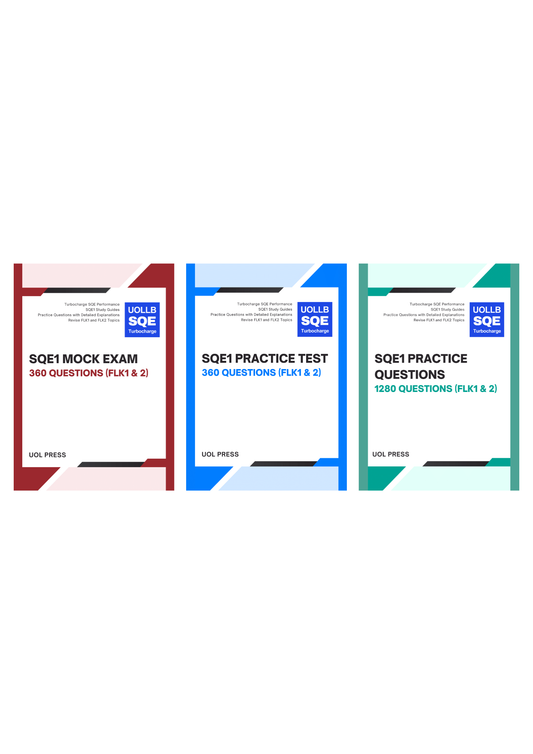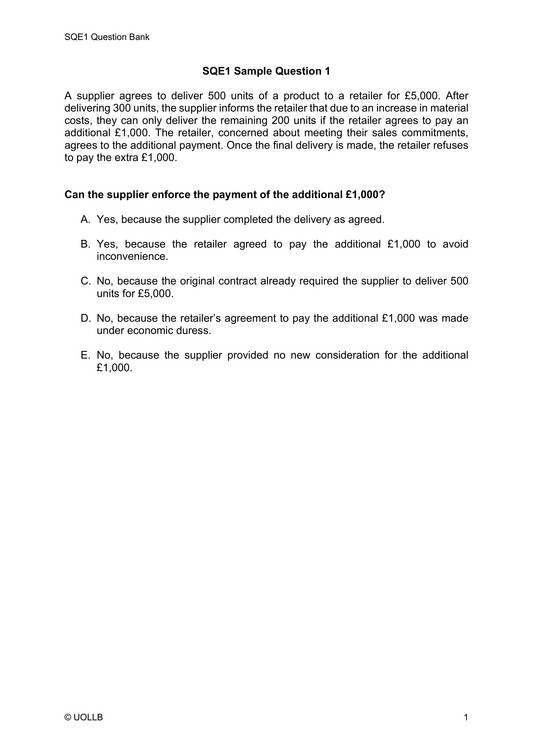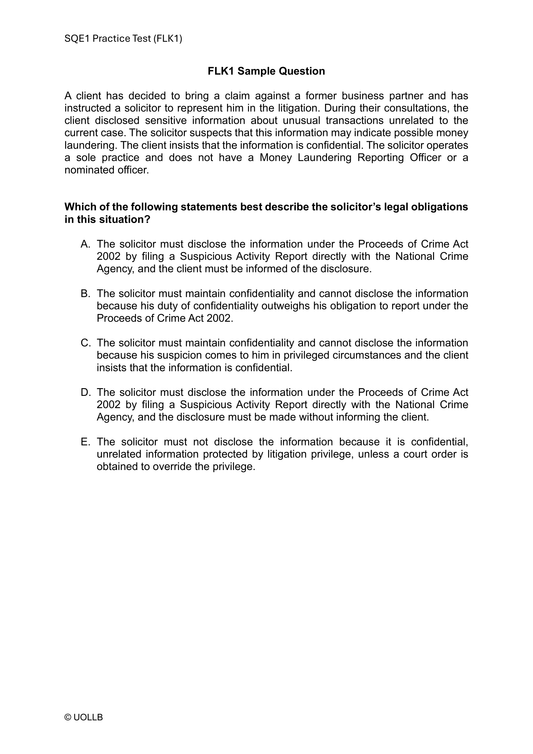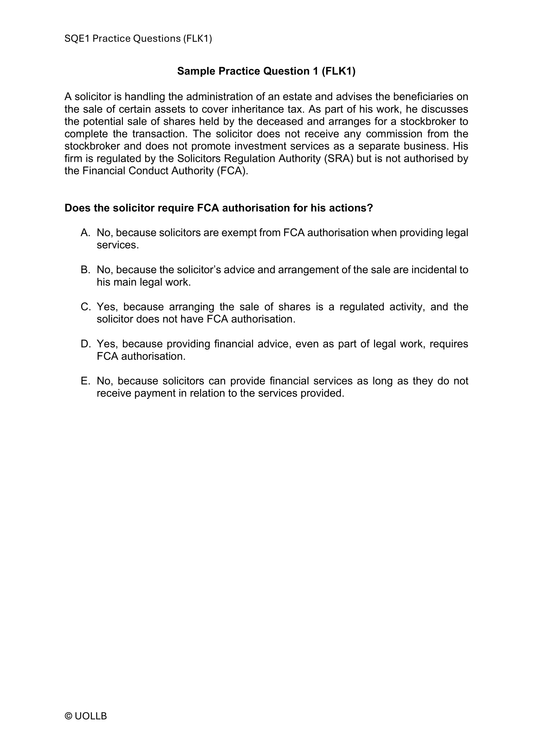United States House of Representatives
Share
The United States House of Representatives, commonly referred to as the House, is one of the two chambers of the United States Congress, the legislative branch of the federal government. The House of Representatives is designed to represent the interests of the American people and provide a forum for their voices to be heard in the national policymaking process.
Composition and membership: The House of Representatives is composed of 435 voting members, known as representatives or congressmen / congresswomen. The number of representatives from each state is based on the state's population, with seats reapportioned every ten years following the national census. Members of the House are elected directly by the people in their respective congressional districts. The Speaker of the House, elected by the members, is the presiding officer and the highest-ranking member in the House.
Terms and elections: Representatives serve two-year terms, and the entire House is up for reelection every two years. This frequent election cycle ensures that the House remains closely connected to the concerns and priorities of the American people. Elections for the House are held in November of even-numbered years, and representatives take office on January 3 following the election.
Role and powers: The House of Representatives has several key roles and powers:
- Legislative authority: The House has the primary responsibility for introducing, debating, amending, and passing bills that become federal laws. Any bill related to revenue or taxation must originate in the House. Representatives propose legislation, participate in committee hearings and markups, and vote on bills on the House floor.
- Representation: The House is designed to represent the people, with each member representing a specific congressional district within their state. Representatives are expected to advocate for the interests and concerns of their constituents, listen to their feedback, and work on legislation that addresses their needs.
- Impeachment: The House has the sole power to initiate impeachment proceedings against federal officials, including the President. If a majority of the House votes to impeach, the Senate then conducts a trial to determine guilt or innocence.
- Oversight: The House exercises oversight over the executive branch and federal agencies. Through committees and subcommittees, representatives hold hearings, conduct investigations, and review the actions of the executive branch to ensure accountability and transparency.
Leadership: The House of Representatives has a hierarchical leadership structure. The Speaker of the House, elected by the majority party, is the chief presiding officer and has significant influence in setting the legislative agenda. Other key leadership positions include the Majority Leader, Minority Leader, and various committee chairs.
Committees: The House operates through a system of committees, which are responsible for examining legislation, conducting hearings, and overseeing specific policy areas. Committees play a vital role in shaping legislation before it reaches the House floor for a full vote. Representatives are assigned to committees based on their interests and expertise.
Debate and voting: The House of Representatives follows specific rules and procedures during debates and voting. The House chamber is where representatives gather to discuss and debate proposed legislation. The Rules Committee sets the guidelines for debate, including the amount of time allocated for each member to speak. Voting on bills can occur through voice votes, where members respond verbally, or recorded votes, where members' votes are electronically recorded.
In summary, the United States House of Representatives is a crucial component of the federal government, representing the American people, and serving as a legislative body responsible for proposing and passing laws. Through their elected representatives, the citizens have a voice in shaping national policy and addressing the needs and concerns of their communities. The House of Representatives, along with the Senate, forms a vital part of the checks and balances system envisioned by the framers of the US Constitution.















